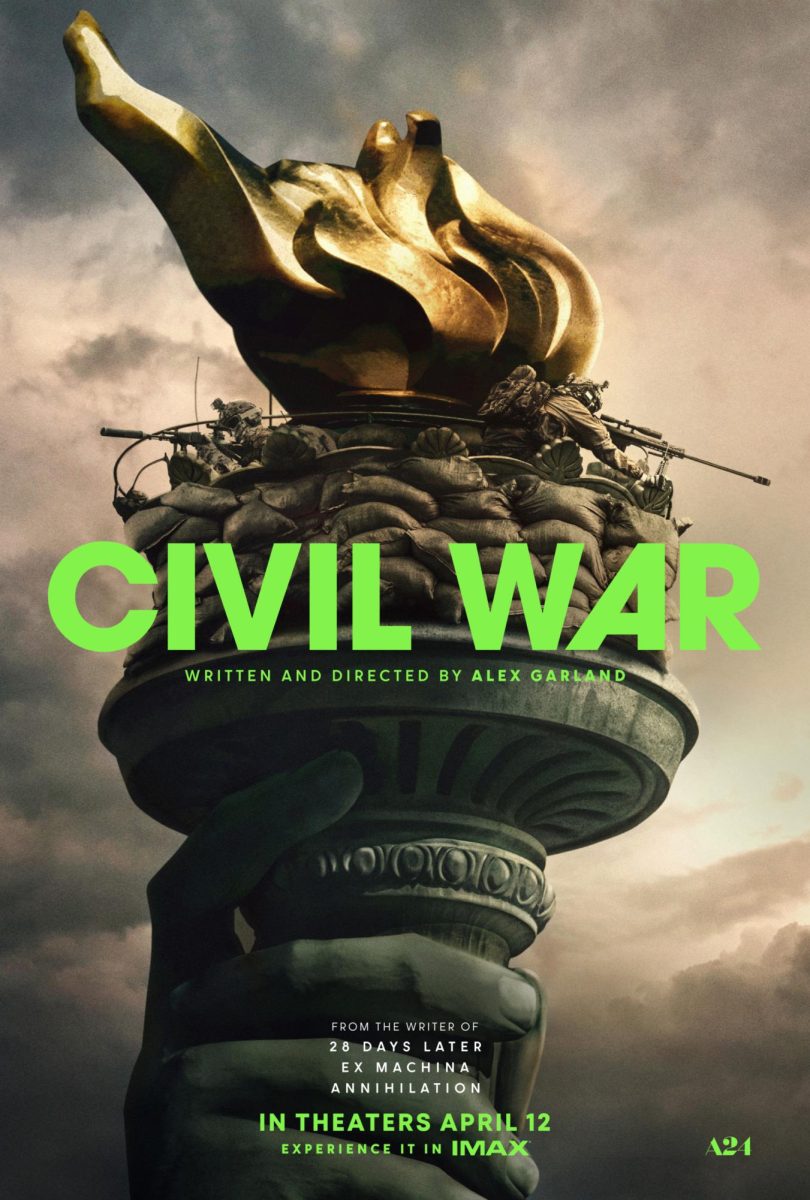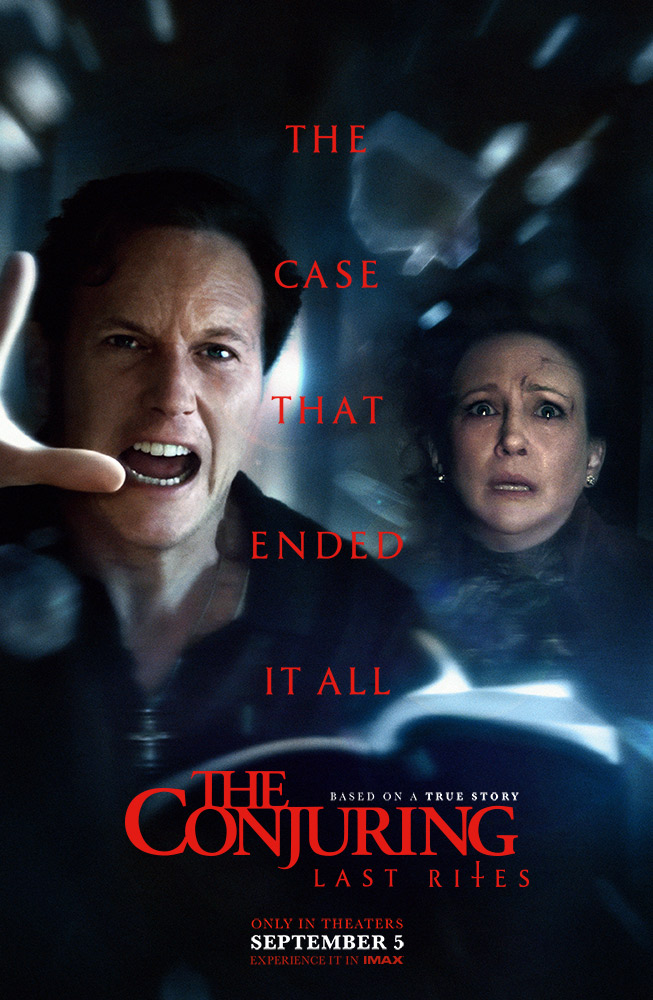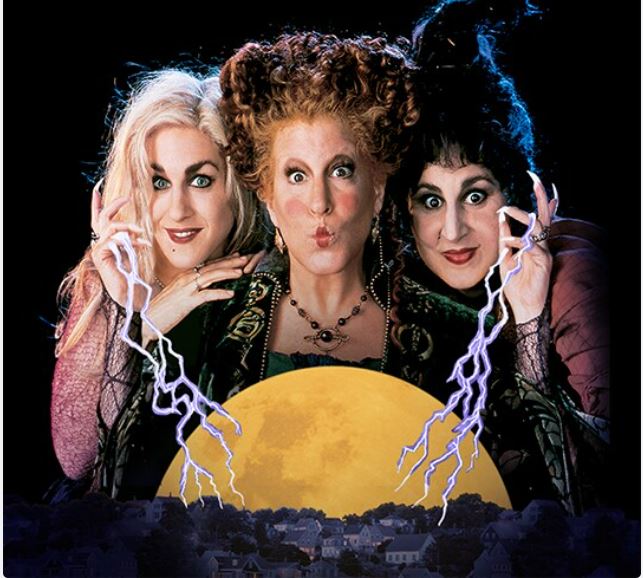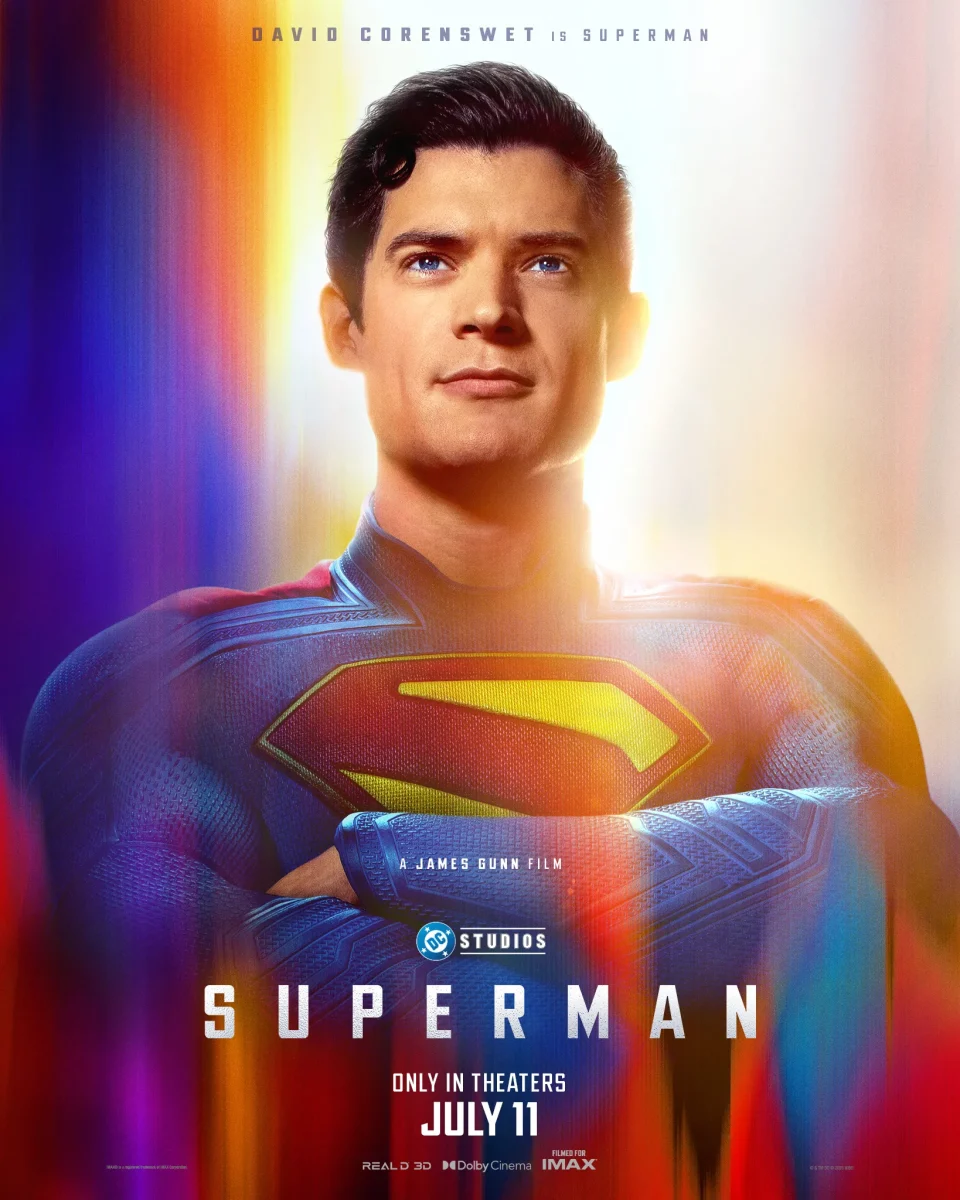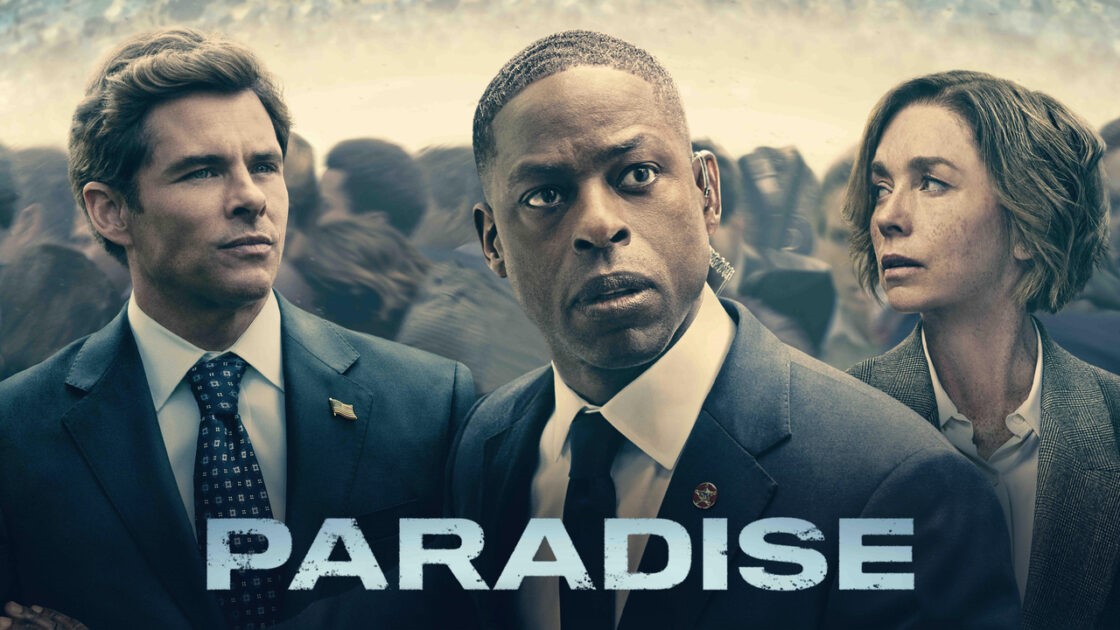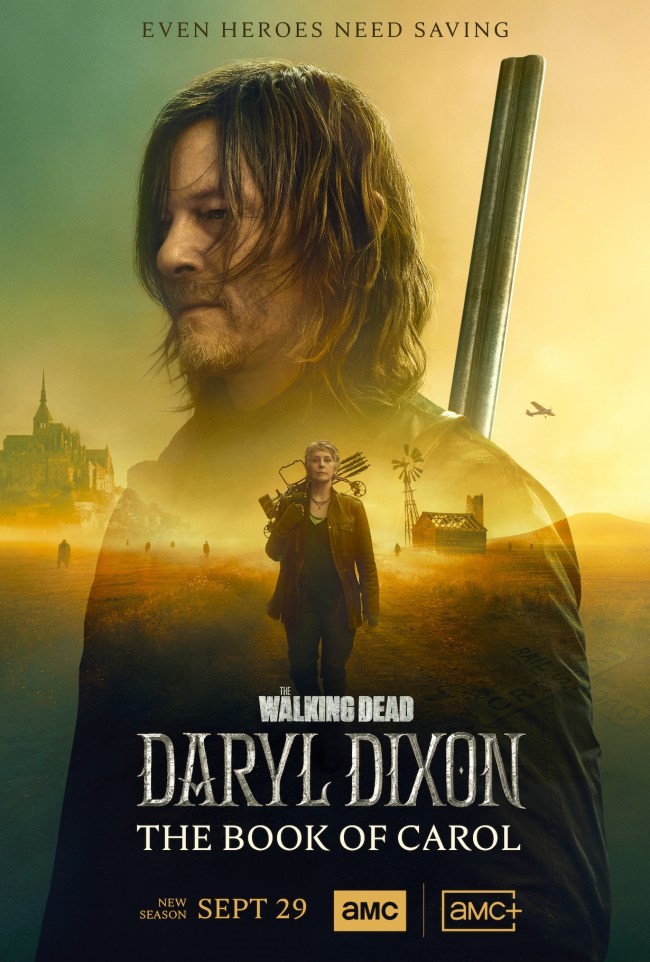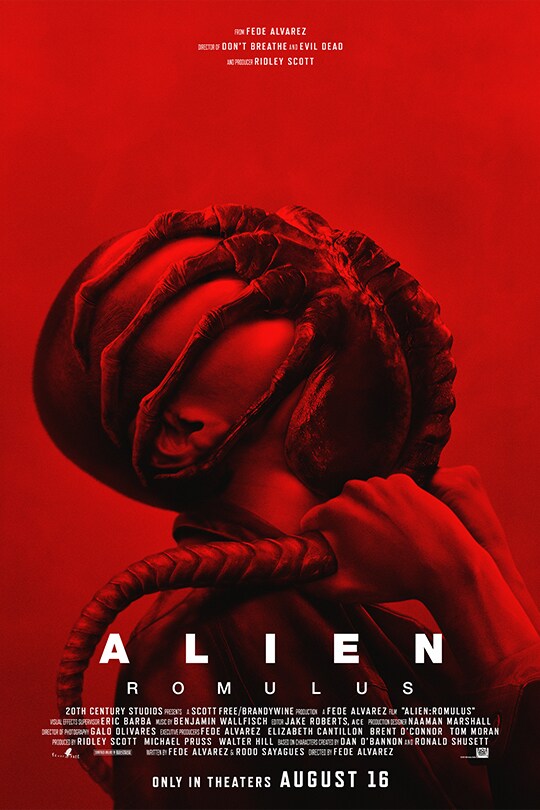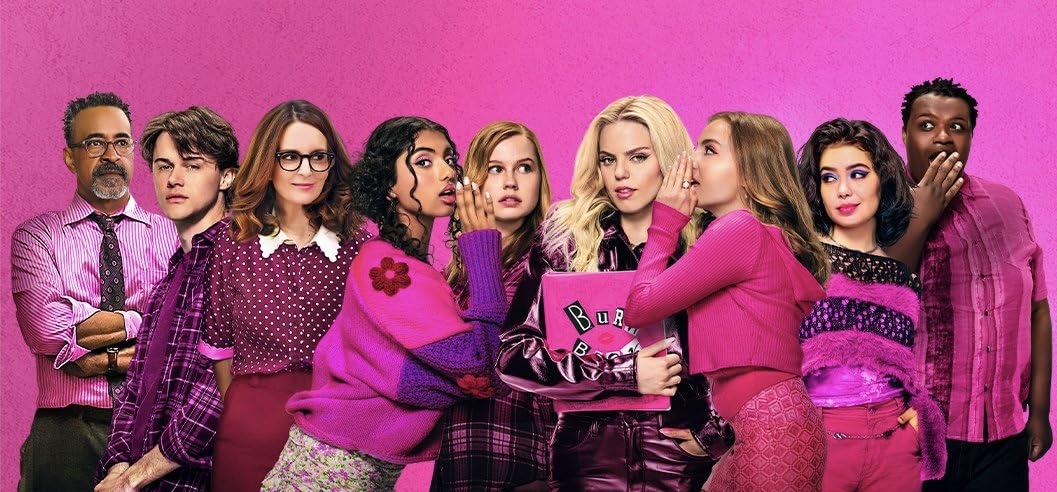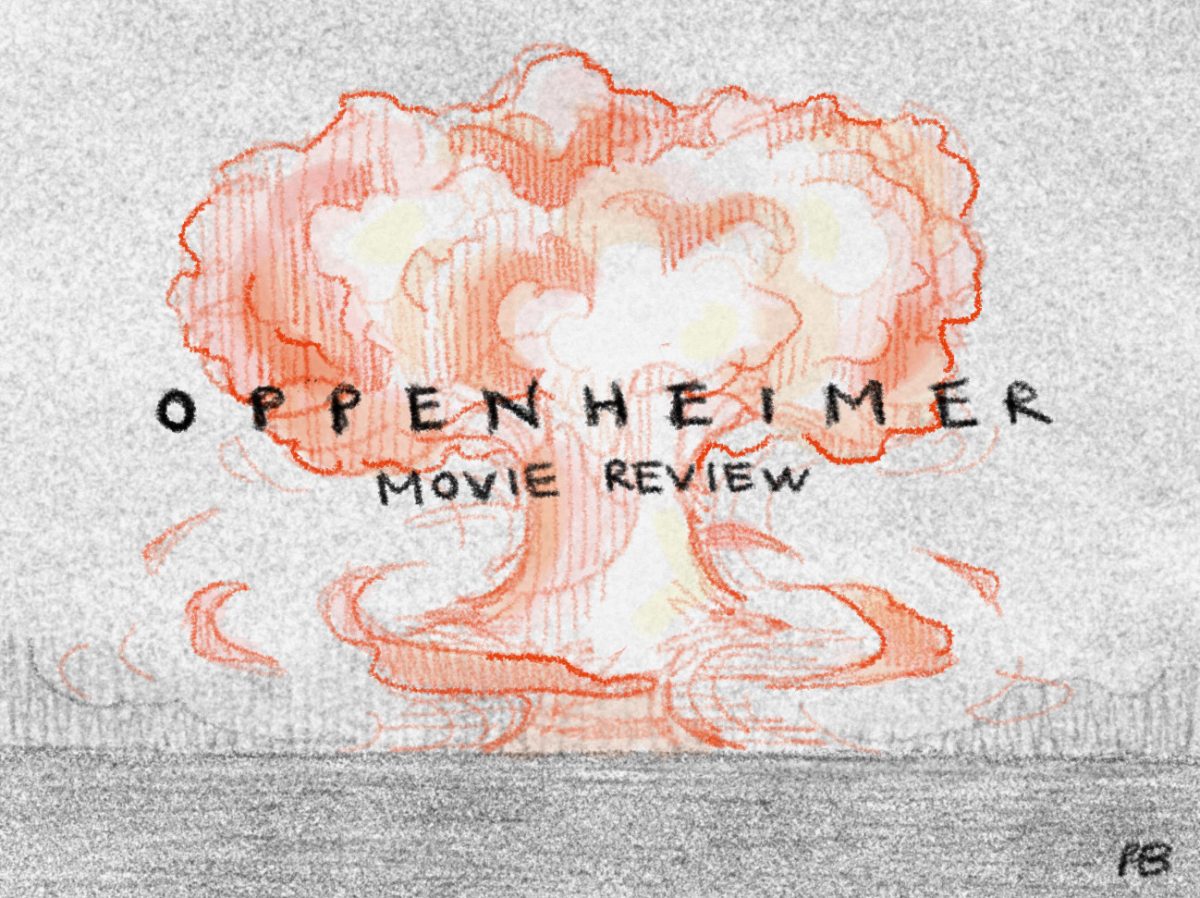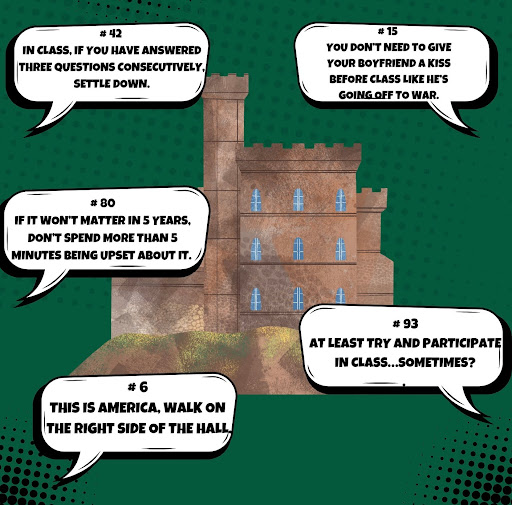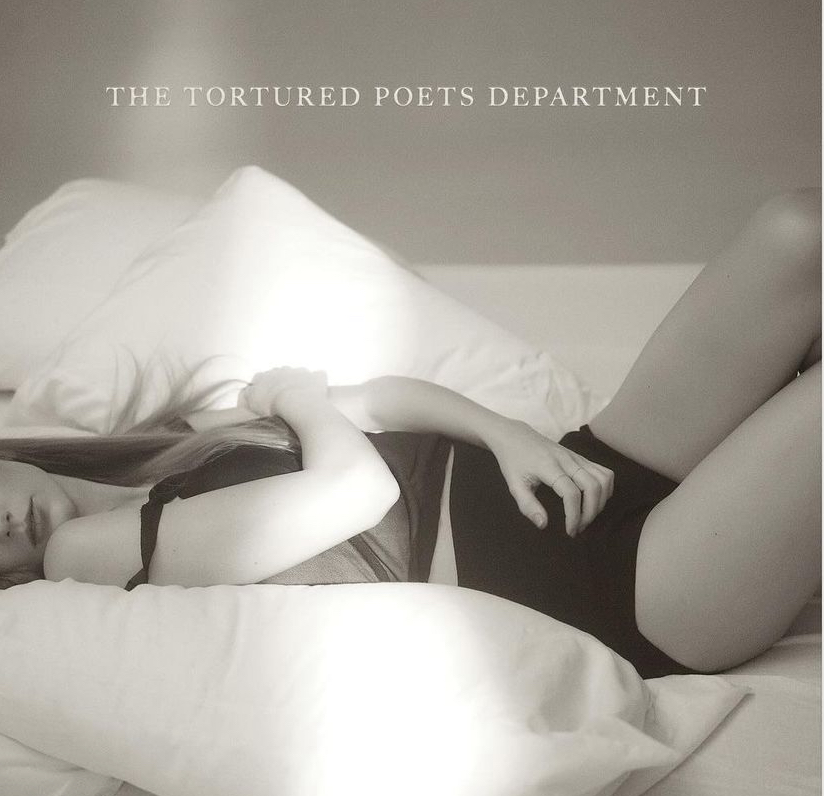Warning: Spoilers for Civil War
Civil War is a dystopian thriller set in a near future, it’s written and directed by Alex Garland (Ex Machina, 28 Days Later). It was released in theaters last March, receiving a mix of reviews from audiences due to its handling of its subject matter. Civil War tells an intimate story that follows a group of journalists as they race to the White House to get a final interview with the president, before the secessionist Western Forces take the capital. The film stars Kirstin Dunst (Spider-Man Trilogy, Power of The Dog), Cailee Spaeny (Alien: Romulus, Pricilla), and Wagner Moura (Narcos, The Grey Man). When rewatching the film to write this article I had a newfound appreciation for its story. It’s full of nuances and hidden messaging that could be missed on a first time viewing.
To best describe the intent behind the film’s inception I turned to an interview with The Irish Times. Here Garland discusses how “Journalism is often seen with contempt by a lot of people now…” he presents how a social and political polarization has led to general distrust between people criticizing how “Some very, very big media institutions have clear bias.” Garland is very critical on how bias affects the spread of information. In order to tell a story about journalism Garland wanted to avoid bias by focusing on the journalists on the ground.
In order to get the audience to relate to these journalists Garland makes very unconventional but intentional choices, the most notable being how the movie handles its politics. The main point of contention surrounding the movie’s release was its aversion to real world politics. The film chooses to have its main secessionist states be a united California and Texas. This choice is meant to separate the audience’s politics from that’s shown on screen. By creating these bipartisan factions the audience doesn’t align with any one group and remains objective similar to the characters in the film. Even in the fake political context of the movie’s world Garland pushes the audience not to take a side.The cause of the war is never stated beyond that of an unnamed tyrannical president. While you want this third term president played by Nick Offerman (Parks and Rec, The Last of Us) to be removed from office, Garland plants seeds of doubt by having characters reference how the multiple factions could turn on each other once they reach the capital. All of this is done so the audience cannot take a stance, putting them in that same objective and unbiased mindset of our journalists, regardless of political beliefs.
Another way Garland immerses the viewer is through editing. The best example is in one of the early scenes which features a suicide bombing, the camera lingers in the aftermath before an abrupt cut to the characters lounging in a hotel lobby. The tonal whiplash between the two scenes is meant to disconnect viewers from the violence shown on screen. The movie handles violence by moving through it like an action movie before the pace slows down and there is time to reflect on what has just occurred. The gravity of scenes is often delayed and only felt later on. This idea builds up into the film’s climax where Kristen Dunst’s character is shot dead, instead of stopping to mourn the loss the group proceeds into the Oval Office to take a photo of the president as he’s shot dead. It’s only afterwards where the final shot holds before cutting to credits the impact of the Dunst’s death and the ramifications of killing the president are felt.
DW News (a German news network) interviewed photojournalists on their opinions on the film. When discussing how their profession was shown on screen they applauded it for its realistic portrayal of how the effects of being exposed to violence in that sort of way can affect them. Kirsten Dunst was praised for her realistic portrayal of a seasoned journalist, but they criticized how she was written in the third act, having a breakdown in the middle of an active firefight. The other actors also were praised for their characters all portraying different caricatures of war journalists in different points of their careers.
While Civil War tells an overarching story about journalism it also uses its road trip format to tell a variety of vignettes showing how different people would react to a war. With the standout being a tense stand-off with an unnamed character played by Jesse Plemons (Breaking Bad, Fargo).
Civil War is effective in how it puts the audience in the perspective of journalists telling both an overarching story about the profession, and smaller stories about how people react in crisis. While seeming like a movie that chooses to be safe by avoiding political affiliation it makes larger statements about how people are influenced by media and the people behind it.
Garland is set to write and produce 28 Years Later, a sequel to his 2002 film 28 Days Later, It will serve as the first of a new trilogy and releases next summer. He will also be co-directing Warfare, with first time director Ray Mendoza who served as military advisor for Civil War.
